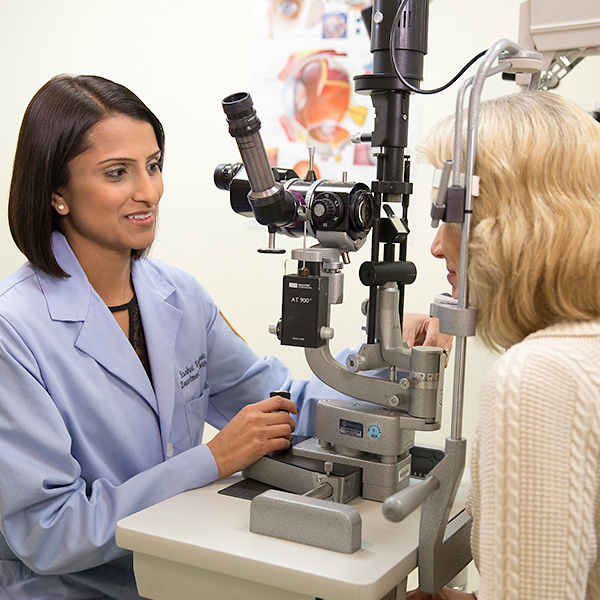Congenital Glaucoma
Overview and Facts about Congenital Glaucoma
Congenital glaucoma occurs when high fluid pressure in the eye puts too much strain on the optical nerve, damaging it. Normally, this fluid is drained away from the optical nerve, but people with this disease are born with a problem that affects the eye’s drainage channel. Because this disease is present at birth, this problem is either due to an issue with development or inherited malformation.
If a child has this disease, it is usually discovered as soon as they are born or before their first birthday. Usually, congenital glaucoma occurs in both eyes, but it is possible to develop it only in one eye. If a child does not get treatment soon, they might have permanent vision damage.
Signs and Symptoms of Congenital Glaucoma
It can be tricky to recognize congenital glaucoma in a baby, as they are unable to describe any symptoms they are experiencing. However, outward signs that might alert a doctor to glaucoma conditions in the child include:
- Sensitivity to light
- Eyes that are larger than normal
- Cloudiness in the eyes
- Excessive tearing
- Spasms of the eyelid
Causes and Risk Factors of Congenital Glaucoma
In some cases, congenital glaucoma can be inherited from a parent. In many cases, however, doctors are not sure what causes glaucoma in babies other than a problem with the development of the eye. However, they do know that twice as many boys are born with the disorder than girls.
Tests and Diagnosis of Congenital Glaucoma
Your doctor will perform a full eye exam on your infant to discover if they have congenital glaucoma. This will include several steps:
- Checking vision by moving objects in front of a child’s face and seeing if they can follow them
- Measuring refraction to check for nearsightedness, farsightedness or astigmatism
- Measuring eye pressure with tonometry
- Observing the optic nerve with ophthalmoscopy
Treatment and Care for Congenital Glaucoma
Congenital glaucoma is almost always managed surgically. Medical therapy is used only as a temporizing measure prior to surgery and to maximize pressure control after surgery. The primary surgical techniques are designed to eliminate the resistance to fluid outflow created by the structural abnormalities in the drainage part of the eye.
This may be accomplished through an internal approach called goniotomy or through an external approach with trabeculotomy. These procedures can help relieve pressure on the optical nerve. In some cases, doctors will implant a tube or valve to help the eye drain, as well.
These types of surgeries are generally 80 percent effective, and the child will need to have their eyes monitored for the rest of their life to check for complications.

